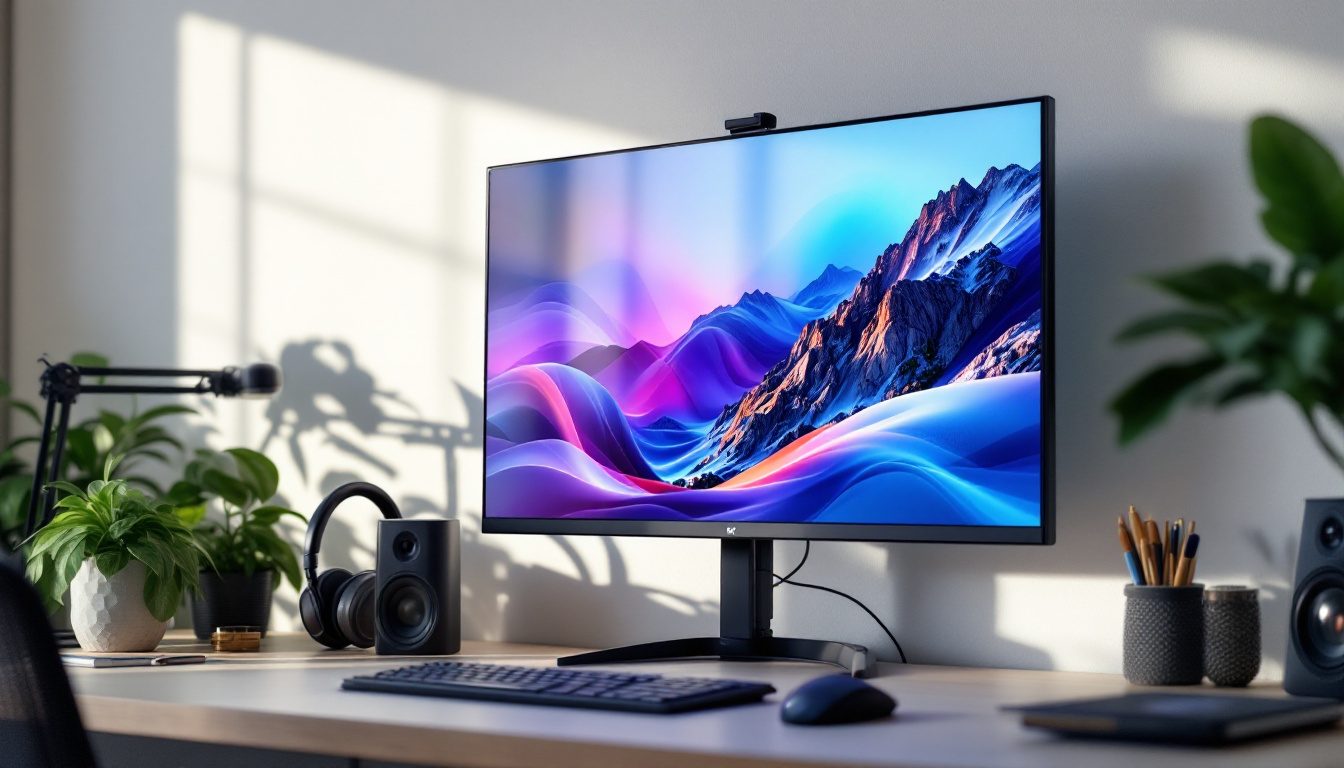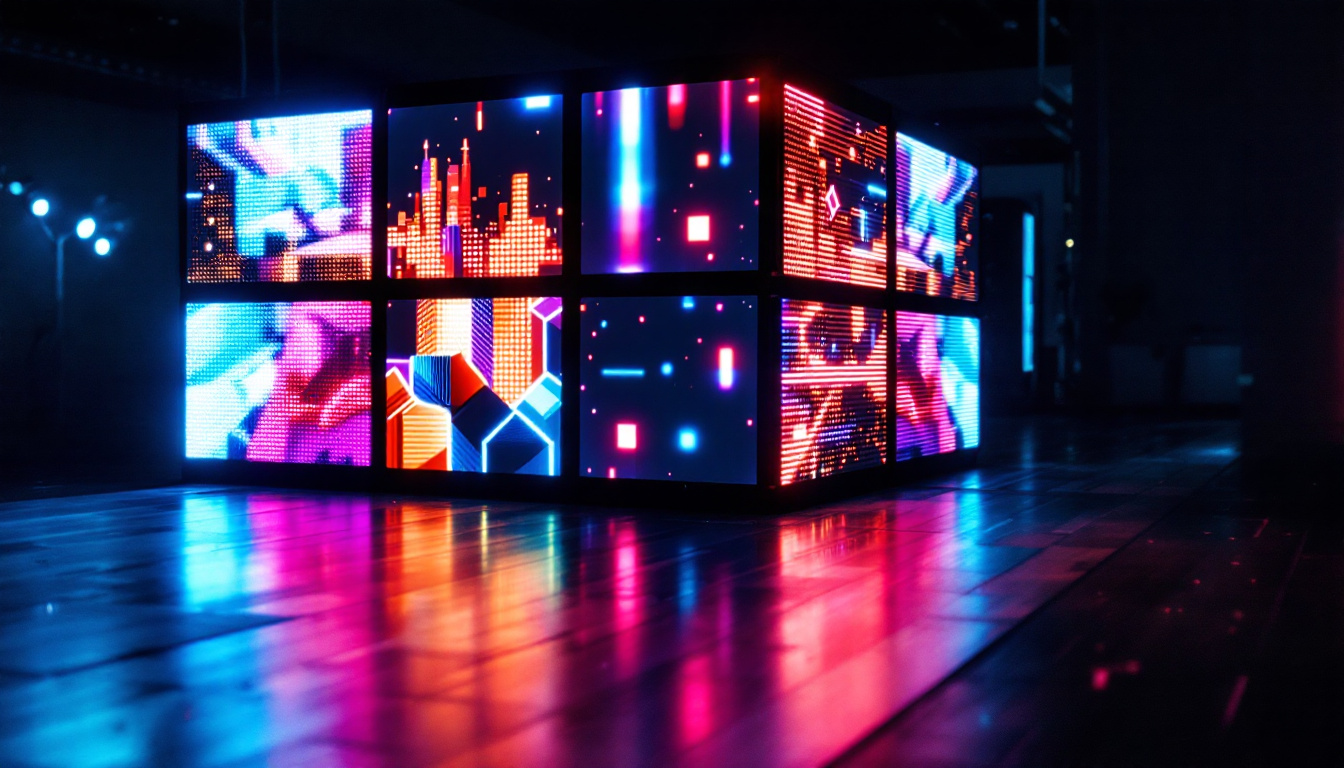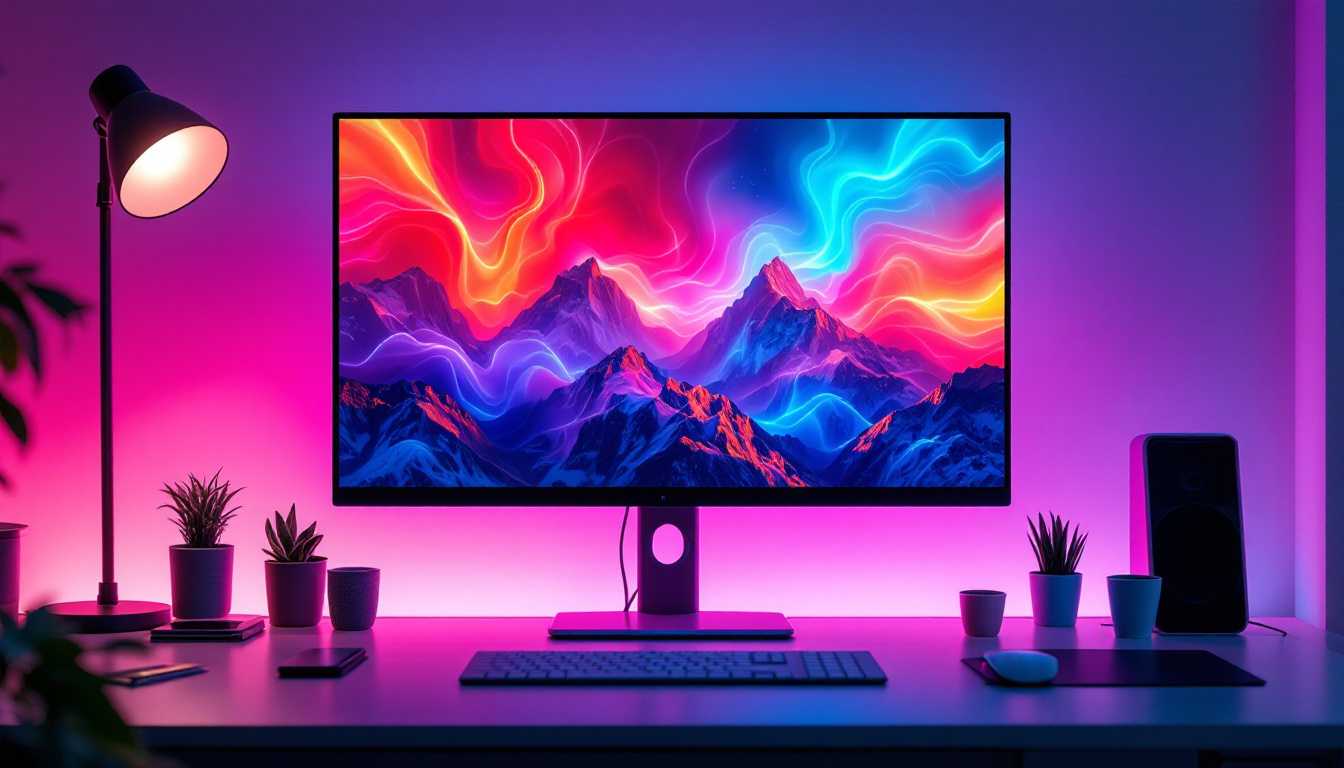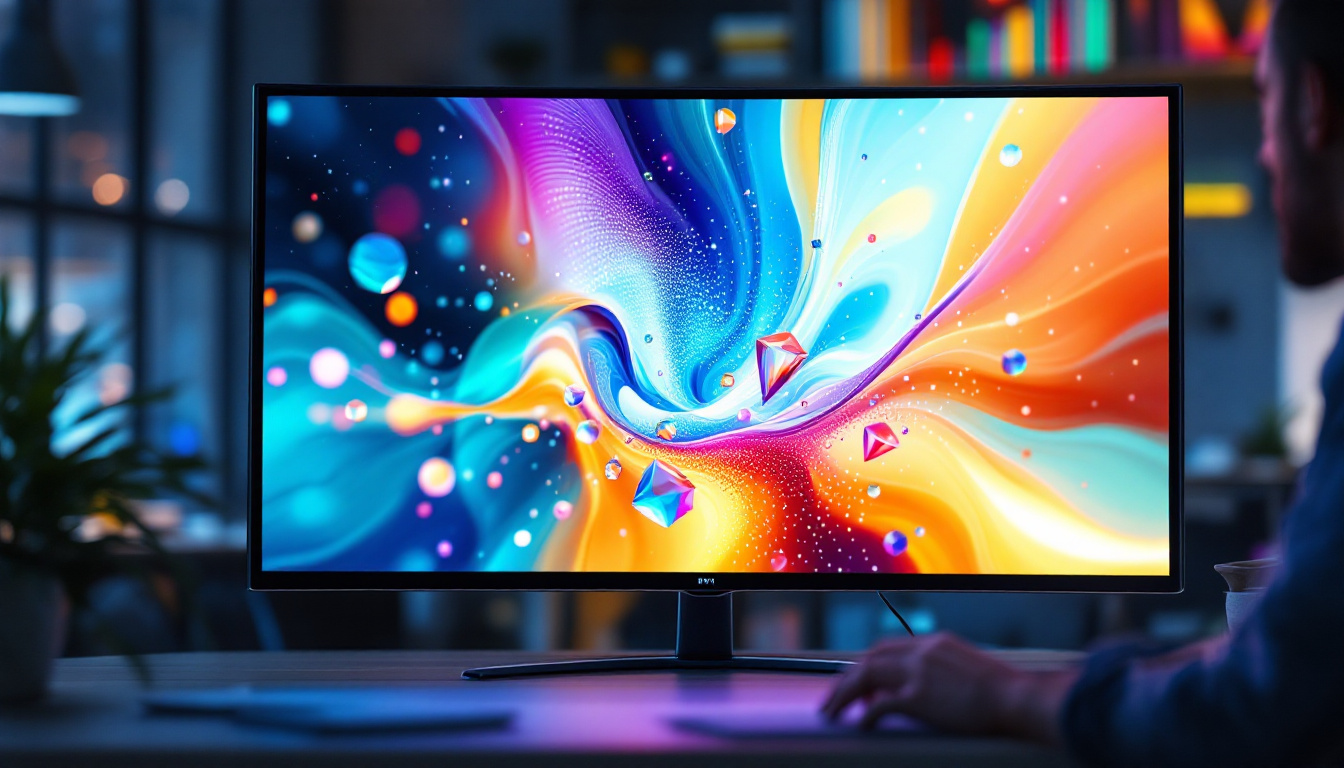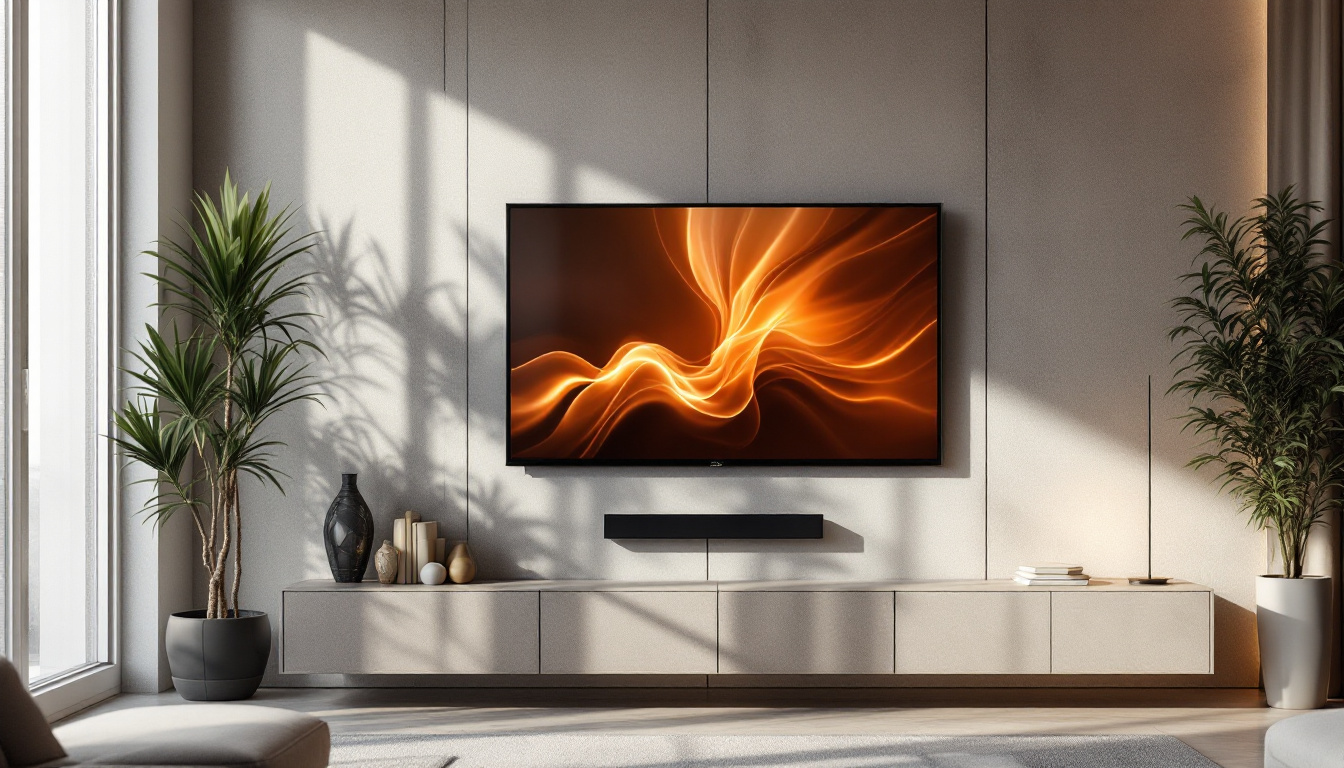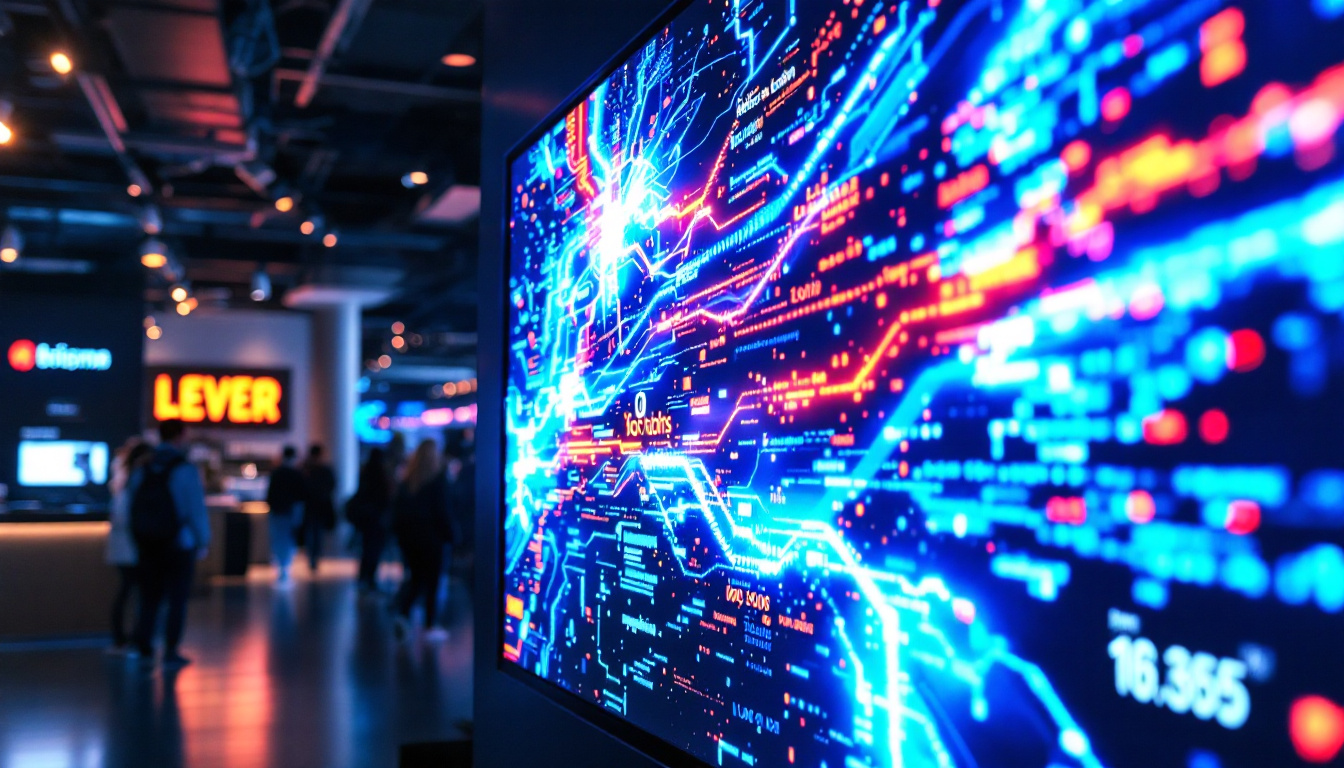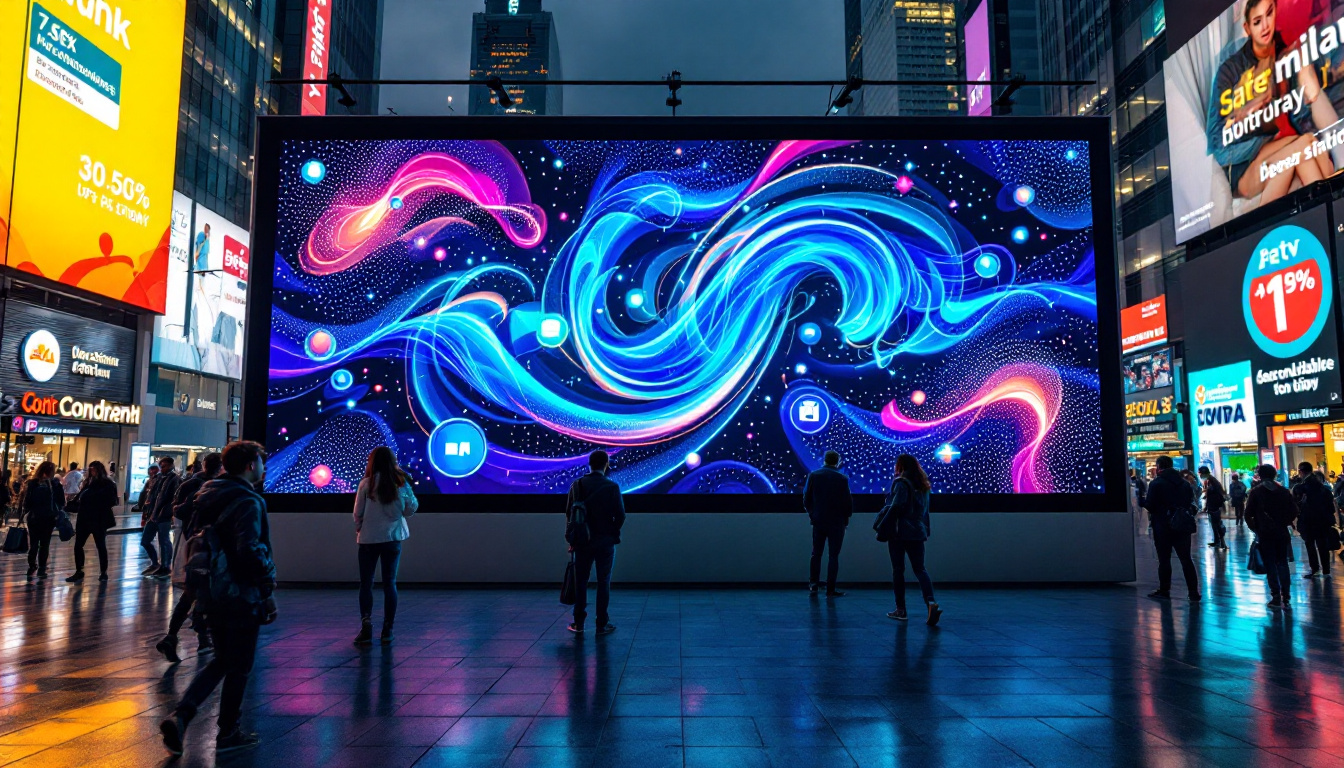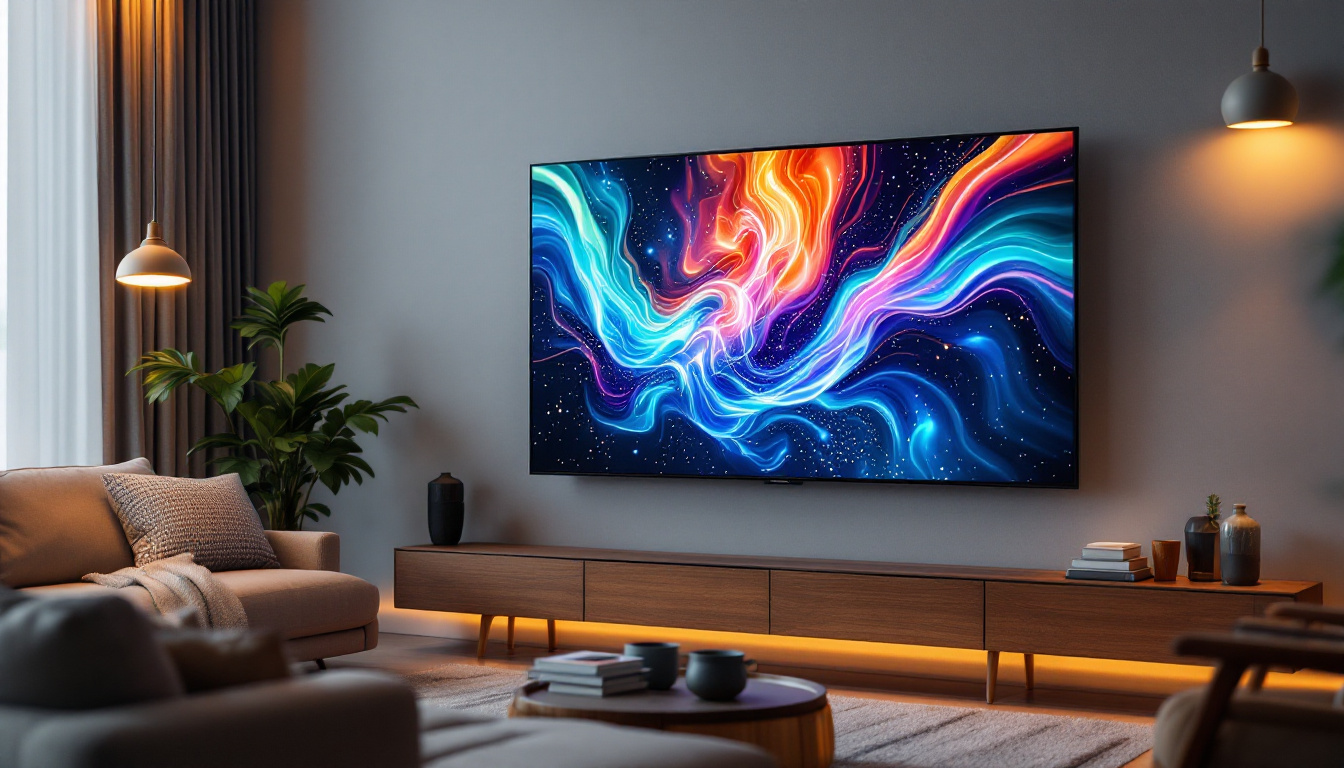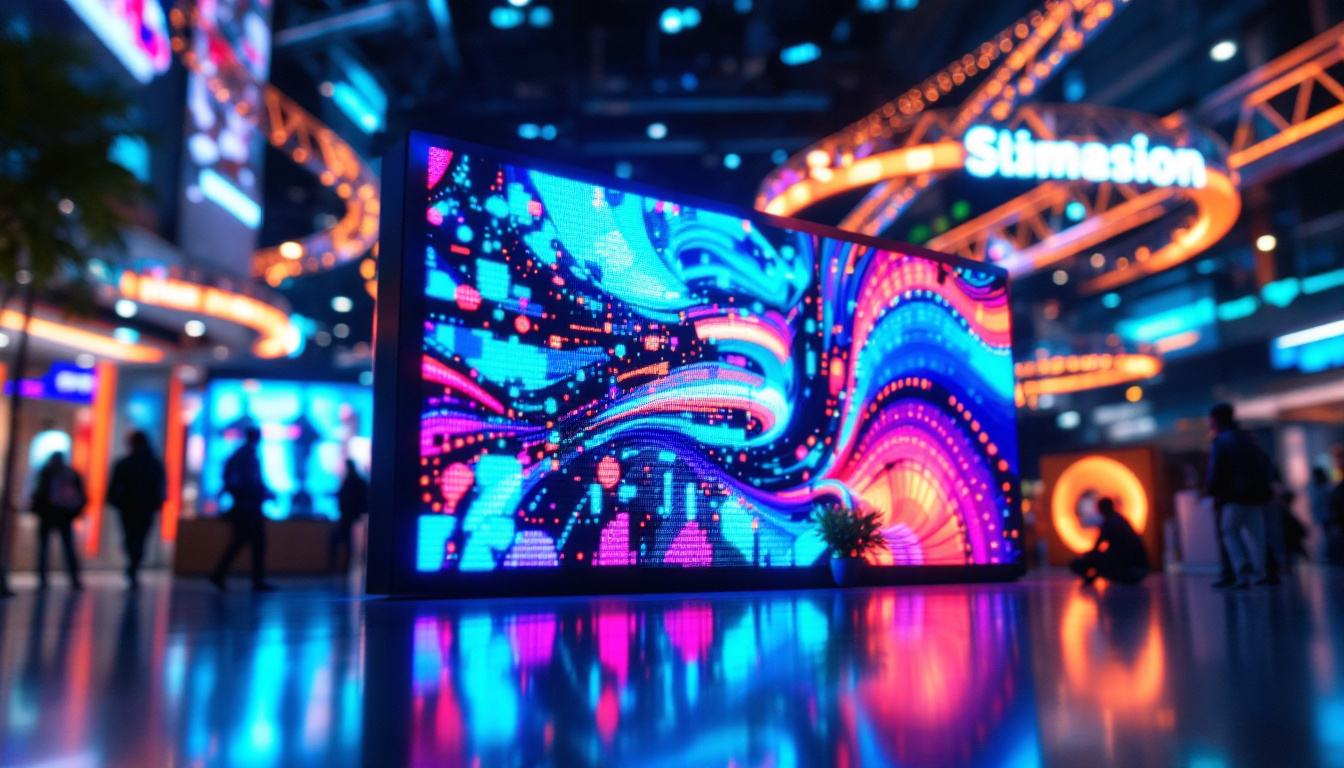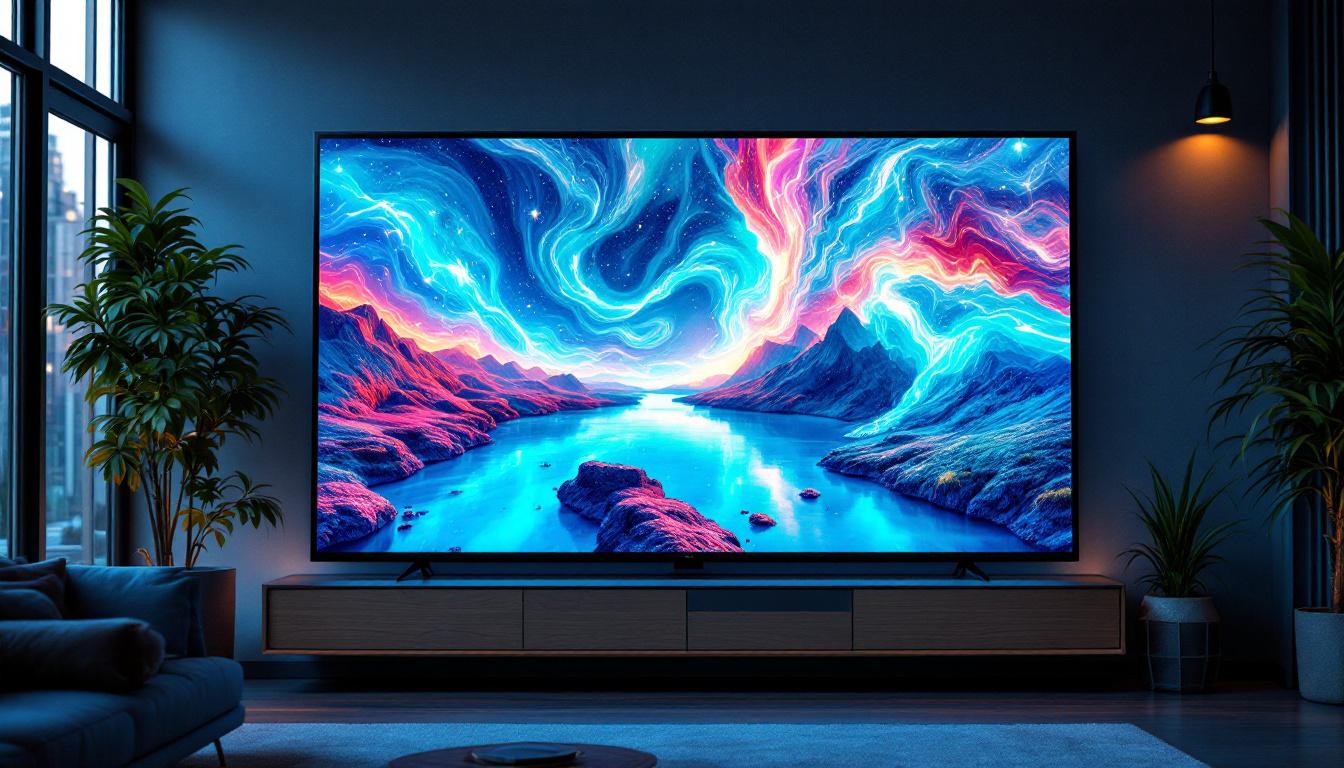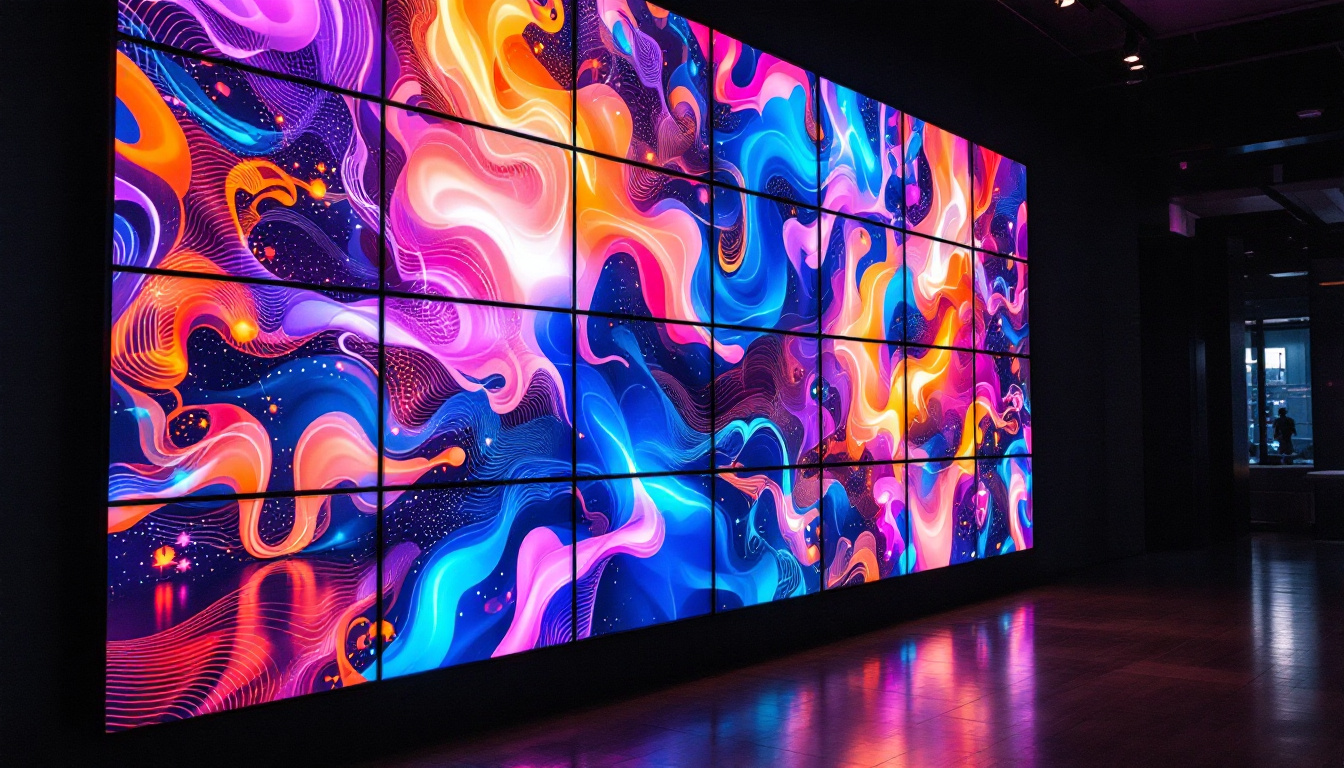In the realm of modern technology, touch screen controllers with LED displays have become increasingly prevalent. These devices serve as a bridge between users and machines, facilitating interaction through intuitive touch interfaces. This article delves into the intricacies of touch screen controllers, particularly focusing on their LED display components, functionality, and applications.
Understanding Touch Screen Controllers
Touch screen controllers are essential components in devices that utilize touch-sensitive screens. They interpret the user’s touch input and translate it into commands that the device can understand. This technology has revolutionized how users interact with various devices, from smartphones to industrial machines. The evolution of touch screen technology has not only enhanced user experience but has also paved the way for innovative applications across diverse sectors, including healthcare, education, and entertainment.
Types of Touch Screen Technologies
There are primarily three types of touch screen technologies: resistive, capacitive, and optical. Each type has its unique characteristics and applications. As technology advances, these types continue to evolve, leading to improved performance and functionality in various environments.
- Resistive Touch Screens: These screens consist of two flexible layers separated by a small gap. When pressure is applied, the layers touch, registering a point of contact. They are cost-effective and work well with styluses or gloves but may lack the clarity and responsiveness of other types. This makes them particularly suitable for applications in industrial settings where durability and reliability are paramount, even in harsh conditions.
- Capacitive Touch Screens: Utilizing the electrical properties of the human body, capacitive screens detect touch through changes in capacitance. They offer superior clarity and multi-touch capabilities, making them ideal for smartphones and tablets. Their ability to support gestures such as pinch-to-zoom has transformed user interactions, allowing for more intuitive navigation and control over applications.
- Optical Touch Screens: These screens use cameras and infrared light to detect touch. They are often found in large displays and kiosks, providing a robust solution for public interactions. Their scalability makes them perfect for environments like shopping malls and airports, where large touch interfaces can enhance user engagement and provide information efficiently.
Key Components of Touch Screen Controllers
Touch screen controllers consist of several key components, including sensors, microcontrollers, and communication interfaces. Sensors detect touch input, while microcontrollers process this input and communicate with the device’s operating system. The integration of advanced algorithms in these microcontrollers allows for improved accuracy and responsiveness, which is crucial for applications requiring precise touch recognition.
Additionally, communication interfaces such as I2C or SPI are crucial for transmitting data between the controller and the host device. These interfaces enable seamless interaction between the touch screen and the device’s software, ensuring that user inputs are processed in real-time. As touch screen technology continues to advance, the development of more efficient communication protocols is expected to further enhance the performance and capabilities of touch screen controllers, allowing for even more sophisticated applications in the future.
The Role of LED Displays
LED displays are integral to touch screen controllers, providing visual feedback and enhancing user interaction. They are favored for their brightness, energy efficiency, and versatility across various applications.
Advantages of LED Displays
LED displays offer numerous advantages over traditional display technologies. Their ability to produce vibrant colors and high contrast ratios makes them ideal for environments with varying lighting conditions.
- Energy Efficiency: LED displays consume significantly less power compared to LCD and CRT displays, making them a sustainable choice for long-term use.
- Longevity: With a longer lifespan, LED displays reduce the need for frequent replacements, thereby lowering maintenance costs.
- Thin Profile: The slim design of LED displays allows for sleek device designs, enhancing aesthetic appeal.
Applications of LED Displays in Touch Screen Controllers
LED displays are utilized in various applications, ranging from consumer electronics to industrial equipment. In smartphones and tablets, they provide vibrant interfaces that enhance user experience.
In industrial settings, touch screen controllers with LED displays are employed in control panels, allowing operators to monitor and control machinery efficiently. The clarity and responsiveness of these displays facilitate quick decision-making and operational efficiency.
Furthermore, LED displays are becoming increasingly prevalent in retail environments, where they are used for digital signage and interactive kiosks. These displays not only attract customers with dynamic visuals but also provide real-time information about products, promotions, and services. The integration of LED technology in these applications allows businesses to create engaging experiences that can significantly influence purchasing decisions.
In the automotive industry, LED displays are transforming dashboards and infotainment systems. By providing clear, customizable interfaces, these displays enhance driver interaction and safety. Features such as navigation, vehicle diagnostics, and media control are more accessible and visually appealing, contributing to a more enjoyable driving experience. As technology continues to advance, the role of LED displays in automotive applications is expected to expand, incorporating more sophisticated functionalities and connectivity options.
How Touch Screen Controllers Work with LED Displays
The interaction between touch screen controllers and LED displays is a harmonious process that enhances user experience. When a user touches the screen, the controller detects the input and sends a signal to the display, which then responds accordingly.
Signal Processing
Signal processing is a critical aspect of how touch screen controllers function. The controller interprets the touch input and converts it into digital signals that the display can understand. This process involves several steps:
- Touch Detection: The controller identifies the location of the touch on the screen.
- Data Conversion: The analog signal from the touch input is converted into a digital format.
- Command Execution: The digital signal is sent to the operating system, which executes the corresponding command.
Visual Feedback Mechanisms
Visual feedback is essential for user interaction. LED displays provide immediate responses to touch inputs, enhancing the overall experience. For instance, when a button is pressed on the screen, the display may change color or brightness, indicating that the input has been registered.
This visual feedback is crucial in applications where precision and speed are necessary, such as in gaming or industrial control systems. Users can quickly ascertain that their actions have been recognized, allowing for seamless interaction.
Moreover, the design of visual feedback can vary significantly based on the application. In mobile devices, subtle animations and tactile vibrations accompany the visual cues, creating a more immersive experience. In contrast, industrial applications may utilize more pronounced feedback, such as flashing alerts or color changes, to ensure that operators can quickly respond to critical situations. This adaptability in feedback mechanisms not only enhances usability but also caters to the specific needs of different user environments, making touch screen technology versatile and effective across various fields.
Additionally, the integration of haptic feedback technology further enriches the user experience. By providing tactile sensations that correspond with visual cues, haptic feedback allows users to ‘feel’ their interactions. This is particularly beneficial in scenarios where visual attention may be diverted, such as while driving or operating machinery. The combination of visual and haptic feedback creates a multi-sensory interaction that can significantly improve user satisfaction and efficiency, highlighting the innovative advancements in touch screen technology.
Challenges and Considerations
While touch screen controllers with LED displays offer numerous benefits, they also come with challenges that must be addressed. Understanding these challenges is vital for developers and manufacturers alike.
Environmental Factors
Environmental factors can significantly impact the performance of touch screen controllers and LED displays. For instance, extreme temperatures or humidity levels can affect the sensitivity of touch inputs and the brightness of LED displays.
To mitigate these challenges, manufacturers often design touch screen controllers with protective features, such as waterproofing and temperature resistance. These features ensure that devices remain functional in various conditions, particularly in industrial or outdoor settings.
Cost Considerations
The cost of touch screen controllers with LED displays can be a barrier for some applications. While the technology has become more affordable over the years, high-quality components can still be expensive.
Manufacturers must balance performance with cost-effectiveness, ensuring that they provide reliable products without compromising quality. This balance is crucial in competitive markets where price sensitivity is high.
Future Trends in Touch Screen Technology
The future of touch screen technology, particularly with LED displays, is promising. As technology continues to evolve, several trends are emerging that could shape the industry.
Advancements in Touch Sensitivity
Future touch screen controllers are likely to incorporate advanced touch sensitivity features. This includes pressure-sensitive touch inputs that can differentiate between light taps and firm presses, allowing for more nuanced interactions.
Such advancements could enhance user experience in various applications, from gaming to professional design software, where precision is paramount.
Integration with Augmented Reality (AR)
As augmented reality technology gains traction, the integration of touch screen controllers with AR applications is expected to grow. This integration could lead to immersive experiences, where users interact with digital elements overlaid on the real world through touch.
Such advancements could revolutionize fields such as education, training, and entertainment, offering new ways for users to engage with content.
Conclusion
Touch screen controllers with LED displays represent a significant advancement in user interface technology. Their ability to provide intuitive interaction and immediate visual feedback has transformed how users engage with devices across various sectors.
As technology continues to evolve, the future of touch screen controllers looks bright, with advancements in sensitivity and integration with emerging technologies like augmented reality. Understanding the intricacies of these systems is essential for anyone involved in the design, development, or application of touch screen technology.
In conclusion, the interplay between touch screen controllers and LED displays is a fascinating area of study, with implications that extend far beyond consumer electronics. As innovations continue to emerge, the potential applications and enhancements of this technology are limitless.
Discover LumenMatrix’s Advanced LED Display Solutions
Ready to experience the future of touch screen technology with vibrant and responsive LED displays? LumenMatrix is at the forefront of this innovation, offering a wide range of LED display solutions that cater to your unique needs. From captivating Indoor and Outdoor LED Wall Displays to dynamic Vehicle and Sports LED Displays, our products are designed to elevate your brand’s presence and engage your audience like never before. Embrace the power of cutting-edge visual communication with LumenMatrix. Check out LumenMatrix LED Display Solutions today and transform the way you connect with the world.


